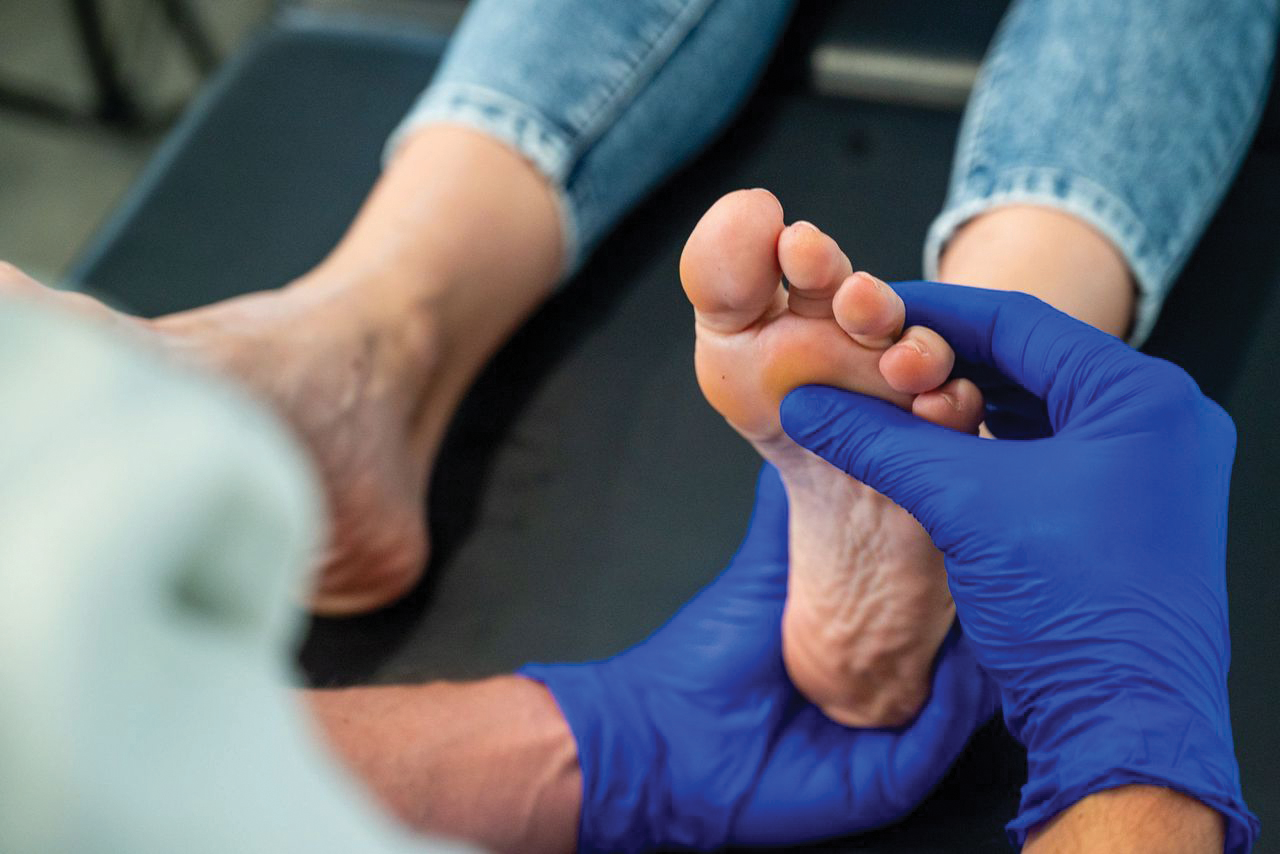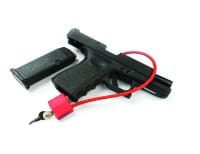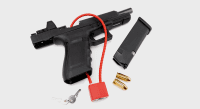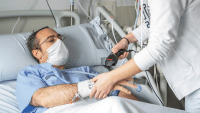In response to Foot assessment and care
To the Editor, Dr. Gelinas:
I am writing in response to Dr. Swoboda’s article “Foot Assessment and Care,” published in American Nurse on September 3, 2024. The article emphasizes the significance of foot assessments in preventing long-term impairments through early intervention. Dr. Swoboda describes a 3-minute foot assessment that serves as a screening tool for lower extremity complications.
The foot plays a crucial role in weight-bearing, mobility, and balance. I harmonize with Dr. Swoboda that educating patients, families, and caregivers on foot assessment is vital for enhancing patients’ quality of life (Swobdoa, 2024). In my practice, I frequently encounter patients with peripheral artery disease, many of whom express a lack of knowledge regarding foot assessment and wound prevention. As individuals age, changes in tissue and skin make it essential to inspect feet regularly for injuries, particularly because loss of sensation can mask damage (Brodkey & Dugdale, 2022).
Conducting a 3-minute foot assessment can significantly reduce the risk of infections and the need for surgeries or amputations. The positive outcomes highlighted by Dr. Swoboda underscore the necessity for enhanced education on this quick assessment across all nursing areas.
As a caregiver, I am committed to ensuring that my current and future patients understand the benefits of foot care and assessment. I’ve learned that patients are more likely to comply with a straightforward task. Teaching patients the 3-minute foot assessment and conducting it together will help them identify irregularities and appreciate the thoroughness required.
Amber Lynch, BSN, RN
Lakewood, OH
















